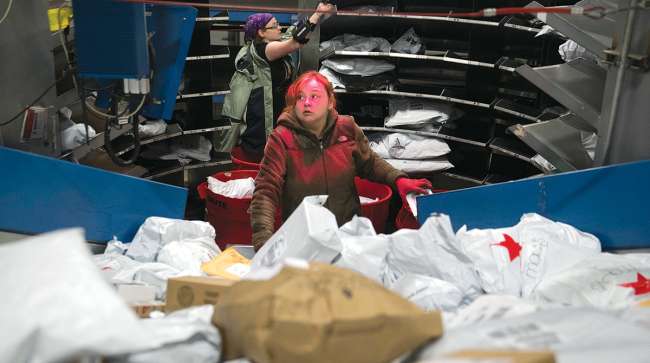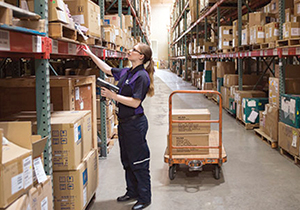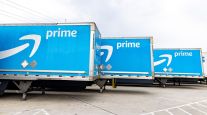Shippers, Retailers Work to Spread Out Holiday Surge Season to Ease Capacity Constraint

[Ensure you have all the info you need in these unprecedented times. Subscribe now.]
COVID-19 has accelerated the transformation to e-commerce, and significant growth in e-commerce sales is creating capacity concerns. Retailers are expected to move up holiday promotions to help spread out the peak shipping season.
“You’re going to see very heavy promotional periods before Thanksgiving and then very heavy through the first week of December,” said Dan Coll, vice president of e-commerce for Kenco Logistics, based in Chattanooga, Tenn.
Ryan Kelly, vice president of global e-commerce marketing at FedEx, said major retailers have already announced that they’ll be closing their stores on Thanksgiving and plan to skip the midnight Black Friday sales that have traditionally kicked off the holiday shopping season.
“I also expect you’ll see these stores heavily promote same-day delivery or buy online/pick up in stores,” he said.
An earlier start to the season may also save costs on surcharges that could be applied later in the peak season, Kelly said. He added that to mitigate shipping delays, retailers should plan their promotions in light of shipping constraints.
“Shipping demand is usually highest on Mondays, so promotions launched over the weekend have the potential to be problematic. I have been surprised by an unrealized opportunity — picking, packing and tendering shipments on the weekends,” Kelly said, adding that FedEx delivers for about 95% of the U.S. population on weekends.
Ben Wiesen, president of Carrier Logistics Inc., also expects to see a shift to curbside deliveries. “I think the last rush will be the order online/pick up at the store,” he said.
Part of that is due to the fact that the in-store experience isn’t the same. “The economists and forecasters said the reason the bricks-and-mortar would never go away is the need to touch things and try them on. Now the dressing rooms are closed,” Wiesen said, adding that now many of the compelling arguments to have a bricks-and-mortar store are gone.
What’s more, Geoffrey Milsom, vice president for enVista, said retailers have cut down on SKUs to focus on the most profitable so there is a lot less selection out there.
However, if peak season moves up, so will returns. Traditionally, peak season hits in December and then the return season would start the last week of December and early January. “Now your distribution centers are going to be loaded with a higher volume of returns still while you’re in the midst of peak season, and that is going to be really challenging,” Coll said, adding that providing longer return windows could help retailers keep items out of their distribution centers until January.
Want more news? Listen to today's daily briefing:
Subscribe: Apple Podcasts | Spotify | Amazon Alexa | Google Assistant | More





